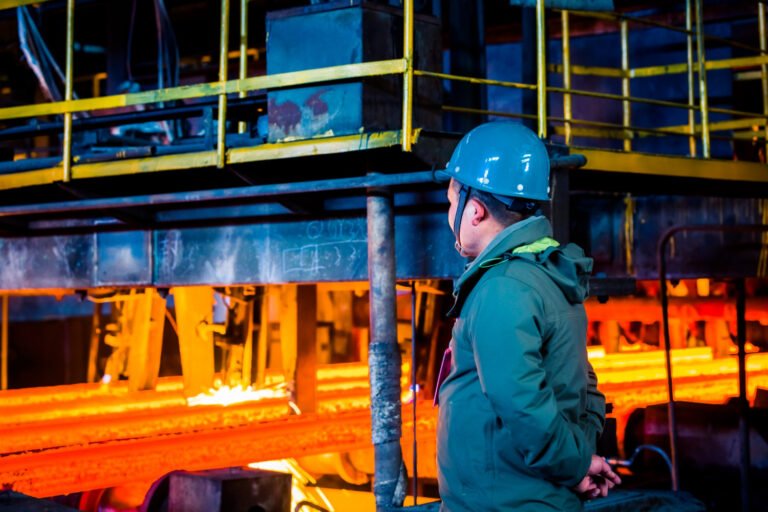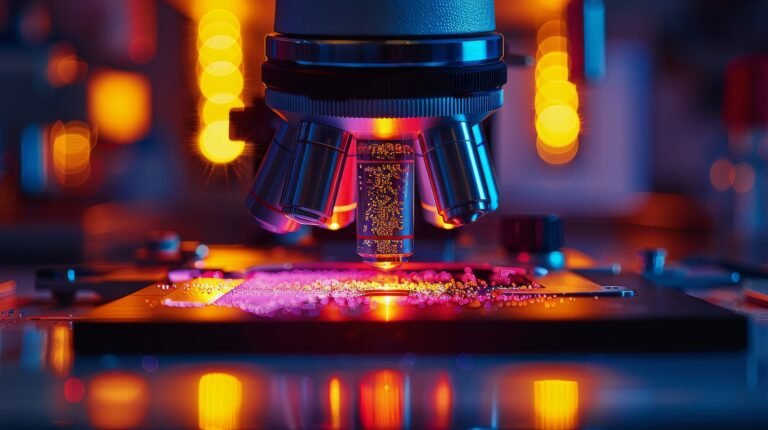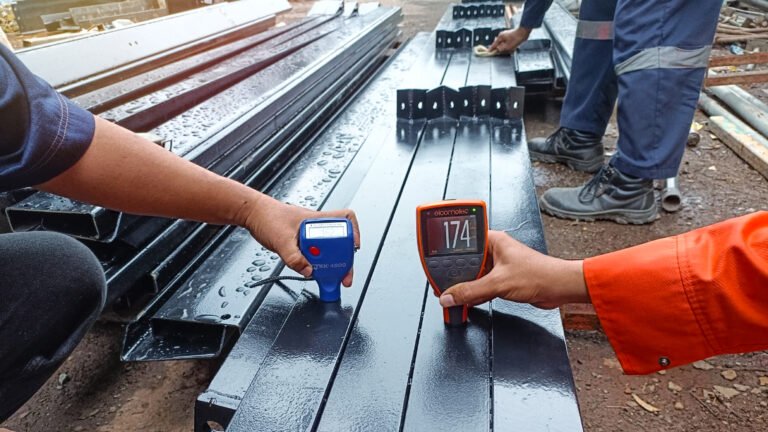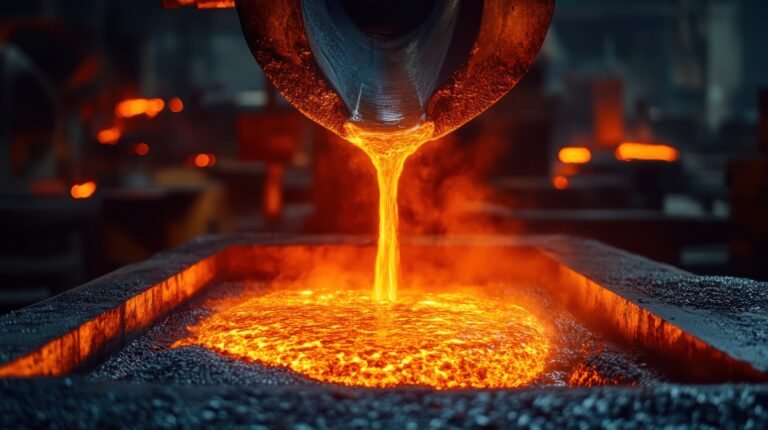In-situ Replication Metallography: Latest Replica Testing Innovations
Testing methods have changed over time, which has led to ground-breaking new ideas in materials science and engineering. This includes the area of in-situ replication metallography, which has completely changed how we test and study materials. This blog talks about the newest changes in this cutting-edge technology and how they affect different fields.
what is In-Situ Replication Metallography?
In-situ Replication Metallography is a way to make a copy of the microstructure of the surface of an object. In this method, a copy of the surface is made so that it can be studied under a microscope to find out more about its structure and features. Some kind of resin or film is put on the surface of the object and left to harden. This makes the copy. Once the copy is taken off, it can be cleaned and looked at with an optical or electron microscope.
Applications in Many Fields
In-situ copy metallography can be used for a lot of different things. This method is used in the aerospace business to look at the microstructure of materials that are used to make parts for aeroplanes, like turbine blades and engine parts. By looking at the nanoscale, engineers can find possible flaws or weak spots in the material. This lets them find problems early and stop them before they happen.
For example, in the car industry, in-situ replication metallography is used to check the quality of materials used in parts like engines and chassis. Manufacturers can make their cars safer and better at what they do by making sure that these materials are strong.
New developments in technology
Most of the latest progress in in-situ replication metallography has been made to speed up and improve the accuracy of the duplication process. One of these improvements is the creation of automatic replication systems, which can make copies much faster than the old ways. These methods are also more accurate and can be used again and again, so the results will be the same for all samples.
What the Future Holds
In-situ copy metallography has a bright future ahead of it, as researchers are working hard to make it even better. Researchers are looking into new materials for replicas and coming up with better ways to take pictures so that the images are clearer and have higher quality. Because of these improvements, in-situ replication metallography should be able to be used in more fields. This will make it an even more important tool for testing and analysing materials.
In conclusion, in-situ copy metallography is a big step forward in the fields of materials science and engineering. Because it can copy the substructure of materials very accurately and precisely, it is useful for both researchers and engineers. We can expect to see even more exciting changes in this field as technology keeps getting better. These changes will shape the future of testing and analysing things.








